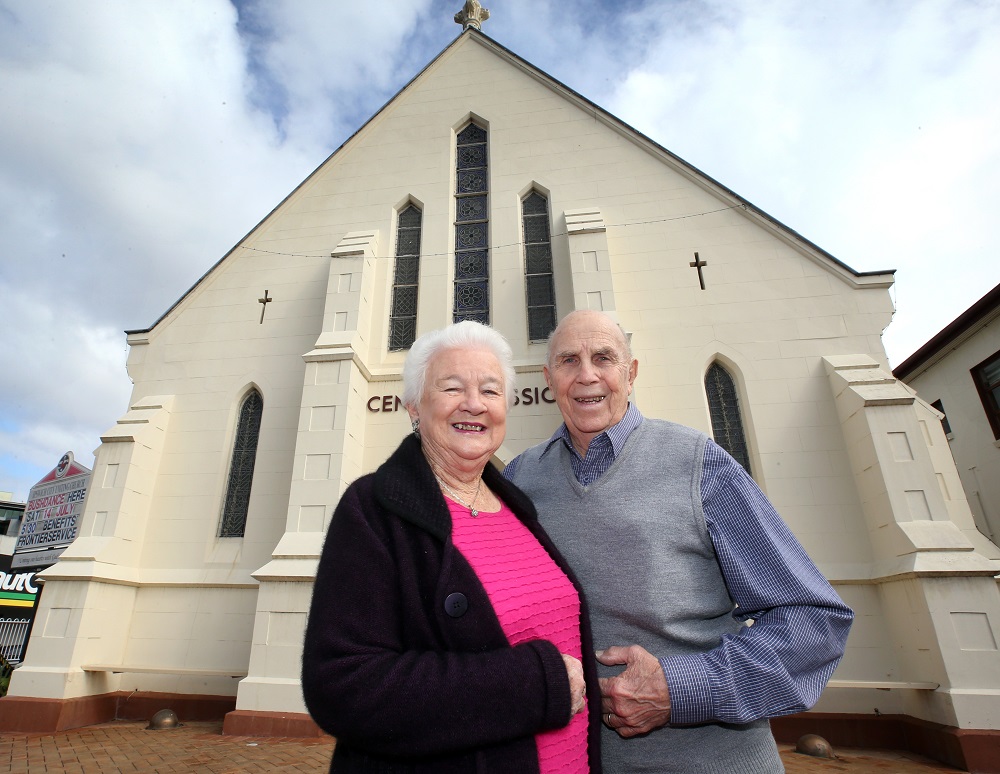
Lyn and John Walker in front of the Ipswich City Uniting Church.
Lyn Callow was singing in the choir of her church’s pantomime. John Walker was playing Old King Cole.
This was the start of their story.
They were married in 1964 under the steeply-gabled roof of the (now called) Ipswich City Uniting Church.
The light shined on the happy couple through the tall lancet windows, which are painted with stories through the ages.
This was not the first time a Callow or a Walker had stood at this church’s alter to be married, and would not be the last.
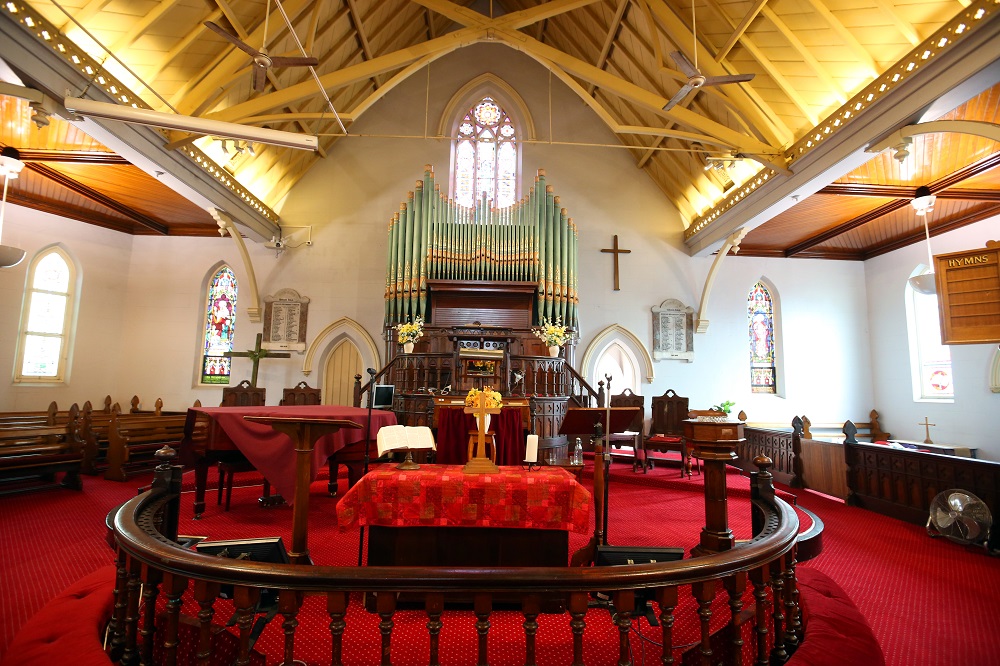
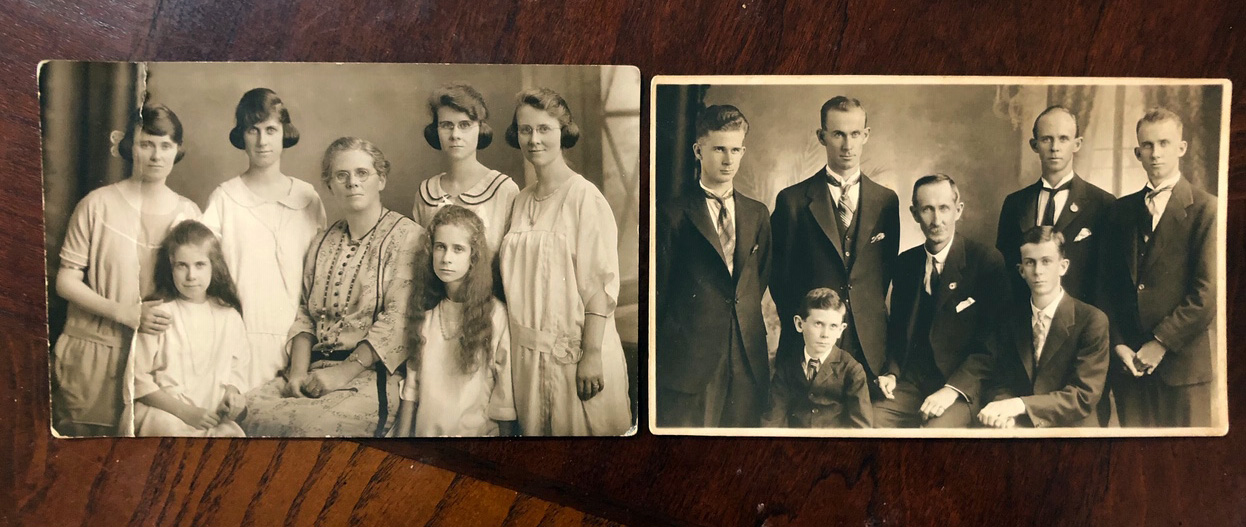
Anna and Edward Callow and their 12 children
1857
Mrs Callow would have risen before the sunrise, done her chores and then taken a wash in an Ipswich made bath tub, using Ipswich made soap and dried off with a towel made of material from the Ipswich Woollen Mills.
She would have dressed in her finest attire for church, with a hat made by a local milliner and her shoes would have been from one of the many local boot makers.
Mr Callow would have the sulky ready and the horses harnessed. It would be a long and rough journey into the small wooden chapel on the corner of Limestone and Ellenborough Streets (then called the Ellenborough Street Methodist Church) from their racehorse stud in Raceview.
One of the founding families in Ipswich, William and Sarah Callow arrived on the Blenheim in 1857.
1895
In 1895, William and Sarah’s son Edward, married Anna at the family home. Edward’s family had moved from the family farm on Callow Lane at Raceview to Brisbane Street. Callow Lane was located near the current Brother’s Leagues Club. The move was prompted as most of the people living in the Raceview area at the time found themselves working in the mine. Anna did not want this for her boys so they moved.
On a Sunday morning when Anna would rise for church she would be very busy readying her 12 children into their Sunday best. The eldest would help out of course. Anna would have most likely worn something purchased from Cribb & Foote where some of the family members worked.
1936
Gordon Callow was one of Edward and Anna’s 12 children. He married Lyla Williams at the nearby Congregationalist church before moving to Wondai for work.
Upon returning to Ipswich, after the Westend Methodist Sunday School and Church closed down, the couple joined the Methodist Church (now called Ipswich Uniting Church).
Lyla would rise early on a Sunday morning and make sure the books were ready as she was secretary of the guild. She would also collect fresh flowers from her garden along with her sister-in-law, Norma, who between them, looked after the church flower arrangements. Lyla was also a communion steward. She would walk to church with her family either in clothes she made herself or purchased from Cribb & Foote.
2018
Today, Lyn Walker (nee Callow) and John Walker rise on a Sunday and get ready for church. They, along with their ancestors have been making this journey every Sunday for generations, as do their children.
When Lyn wakes on a Sunday morning, she is always in a rush. She remembers the days when she would wear a hat and gloves but of course not anymore. She was a Sunday school teacher for many years, sung in the church choir and also looked after the fresh flowers for many years. After she got her children ready she would bundle them all in the car then drive down the street to pick up a lady who would catch a lift with her every week.
These days Lyn rides with her husband John in their Mazda and they park in the church grounds.
Both of them are very active in various ways around the church.
Lyn helps prepare and serve morning tea and they both take turns as stewards, conducting bible reading and working the projector.
John Walkers family has also attended the church for generations and been active with the running of things.
“We do what everyone does,” Mr Walker said.
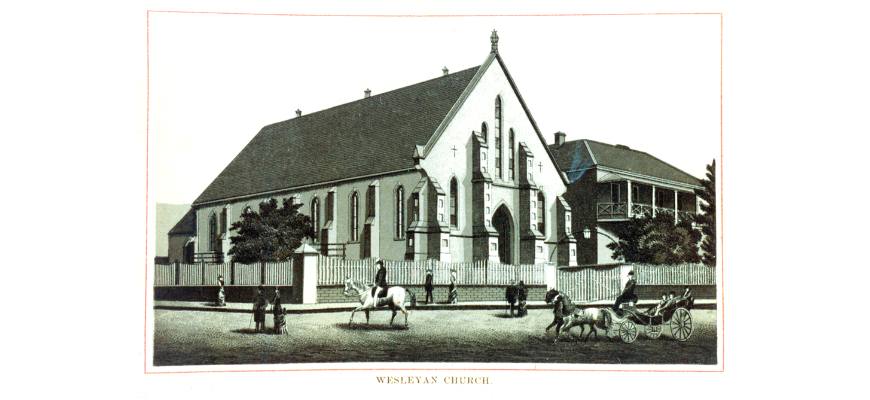
Image courtesy Picture Ipswich
The Ipswich Central Mission (now known as the Ipswich City Uniting Church) had already been a place of worship since 1849, but the brick building was completed in June 1858. Before this place was chosen to build the church, Reverend William Moore had been holding Methodist services since 1845 in a school room owned by George Thorn.
It is the oldest surviving church in continuous use in Queensland and this year is their 170th anniversary.
The Methodist Church combined with the Congregational and Presbyterian Churches in 1977 to form the Uniting Church in Australia.
The church as an organisation has been a major influence in the Ipswich community. In 1954 when it became more oriented towards community service initiating a number of significant social welfare programs including Ipswich Blue Nursing Service (now called Blue Care), light Industries sheltered workshops, Lifeline crisis help service, three aged persons complexes and a day respite centre. It also gave support to establishment of Ipswich Senior Citizens centre and care for “street kids” in the city.
These words have been said of the church: “This church is a living organ through which sacraments are celebrated, where Christ walks and talks with the lonely and unloved, where the fresh air of the Holy Spirit invigorates and strengthens us, where broken lives are renewed and the hungry are fed with more than food.”
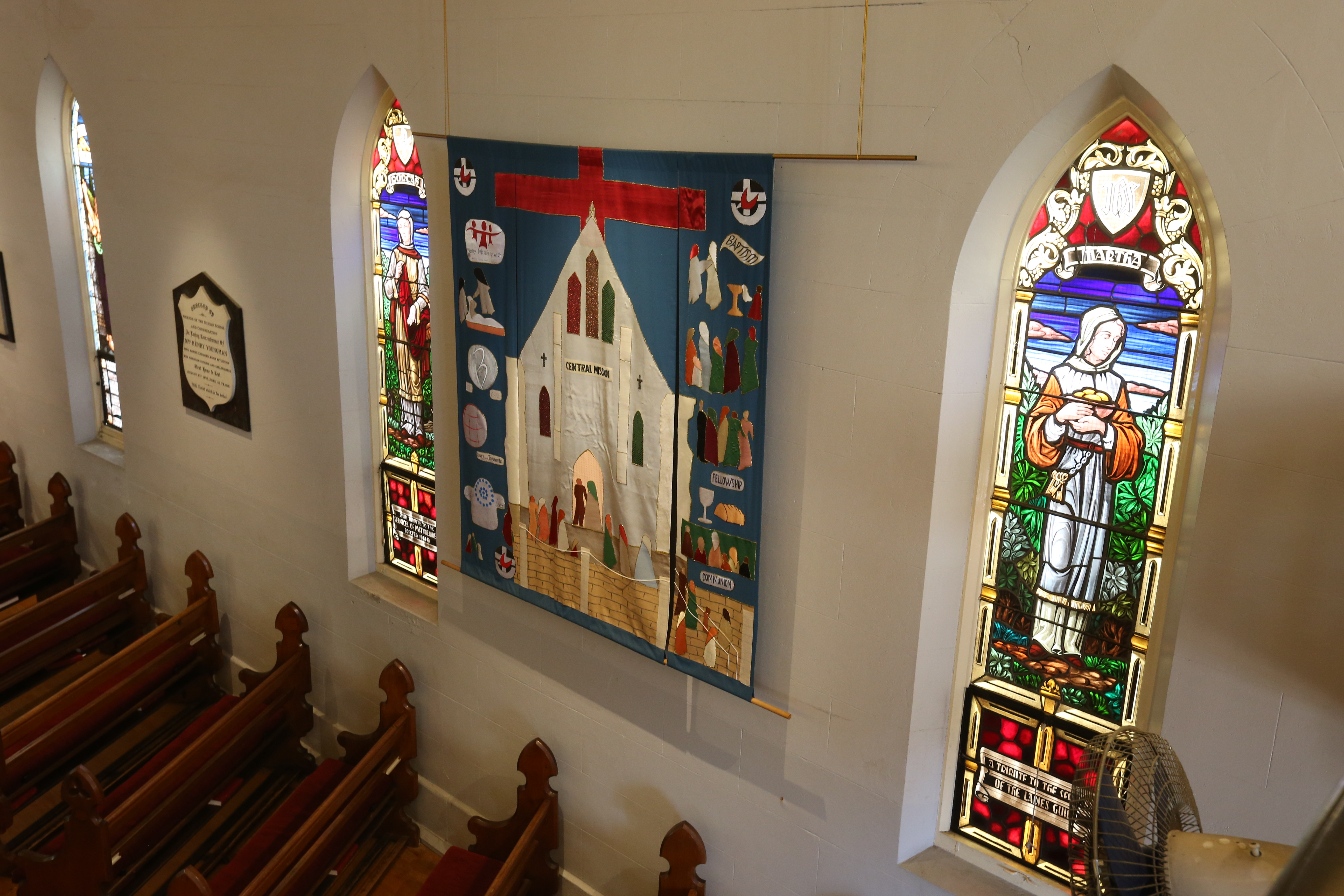
Artwork and windows inside the church

The Callow family bible on display
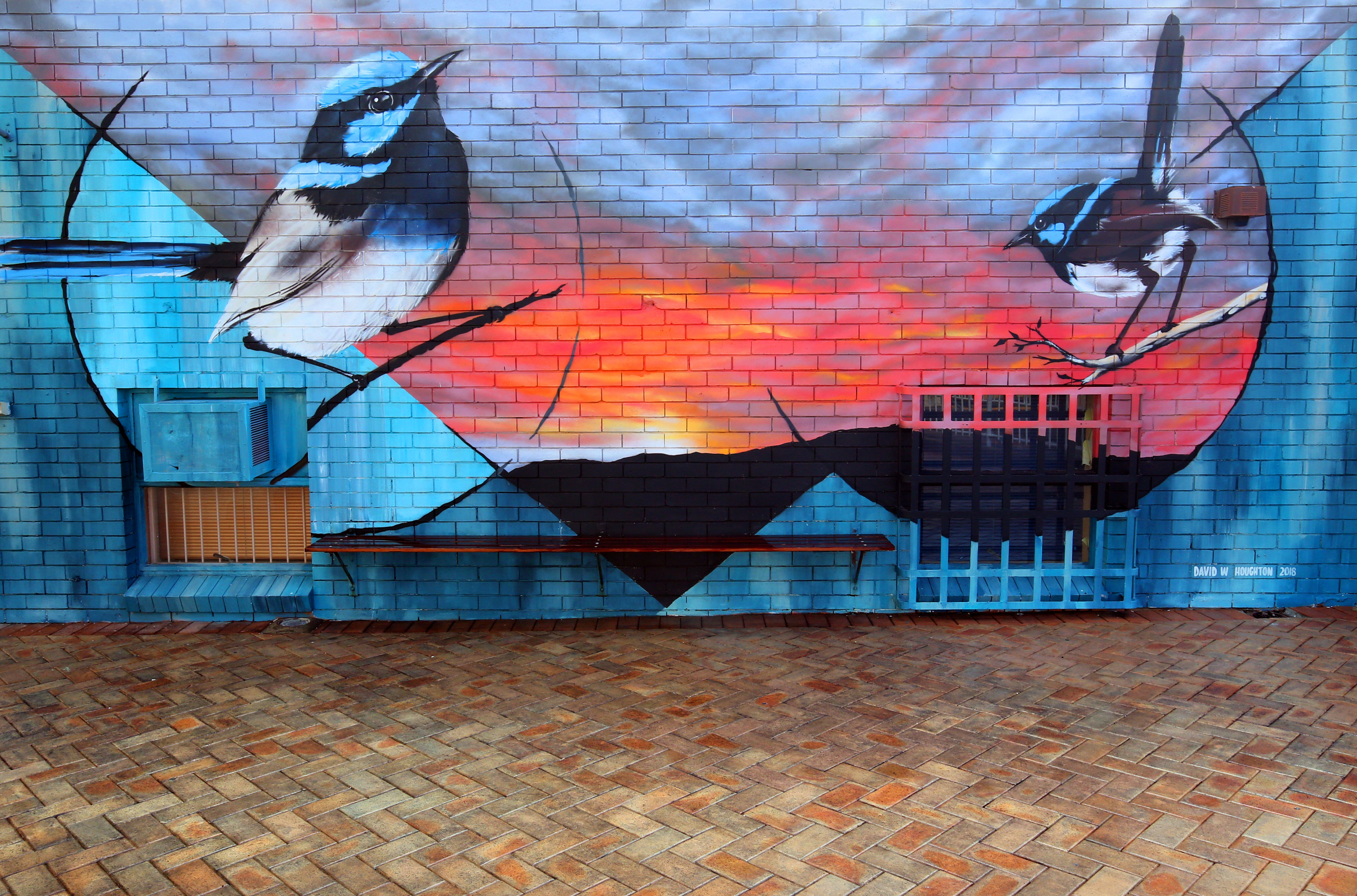
Artwork at the church

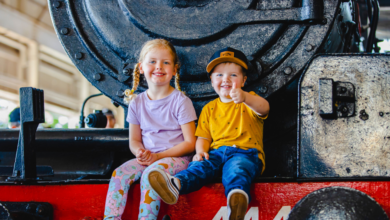
5